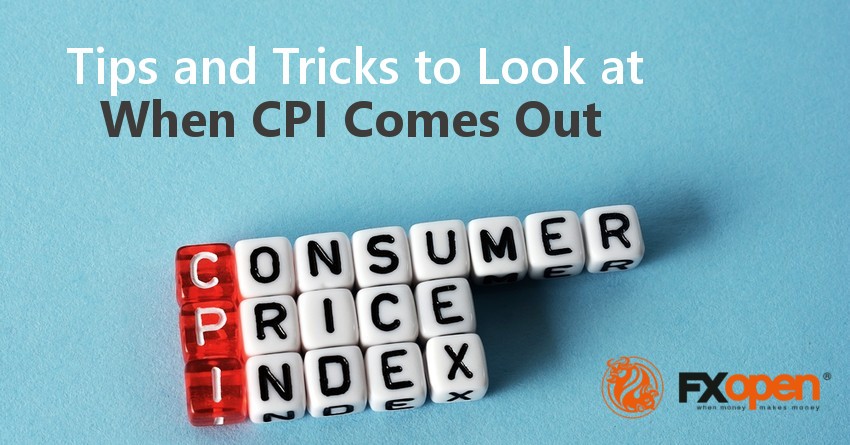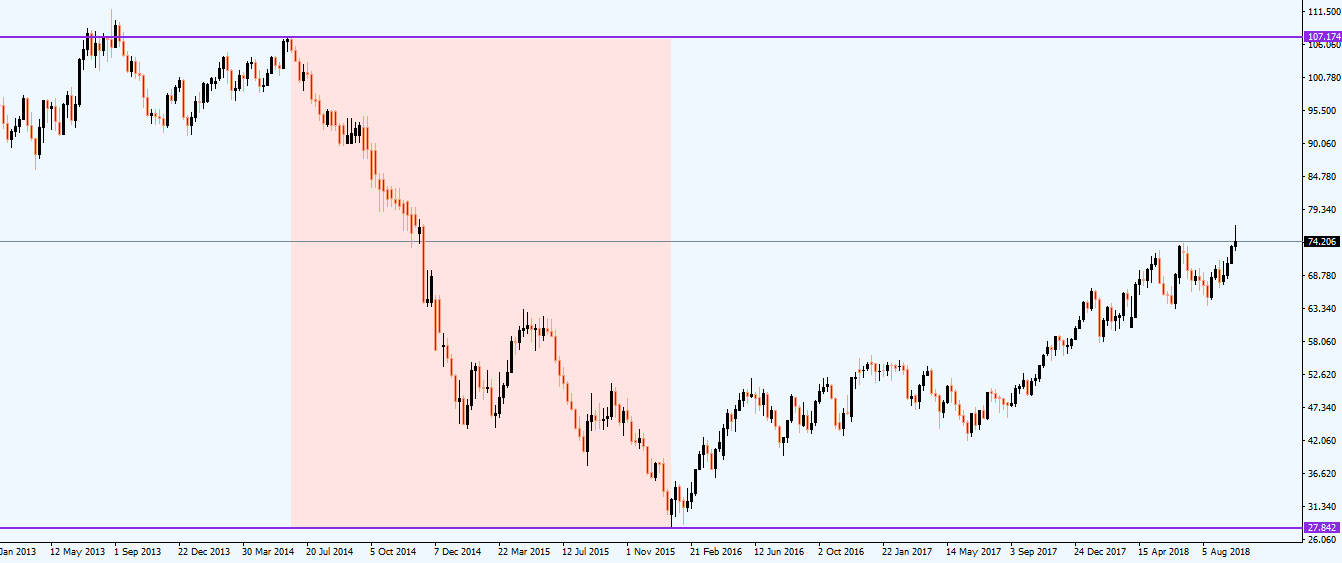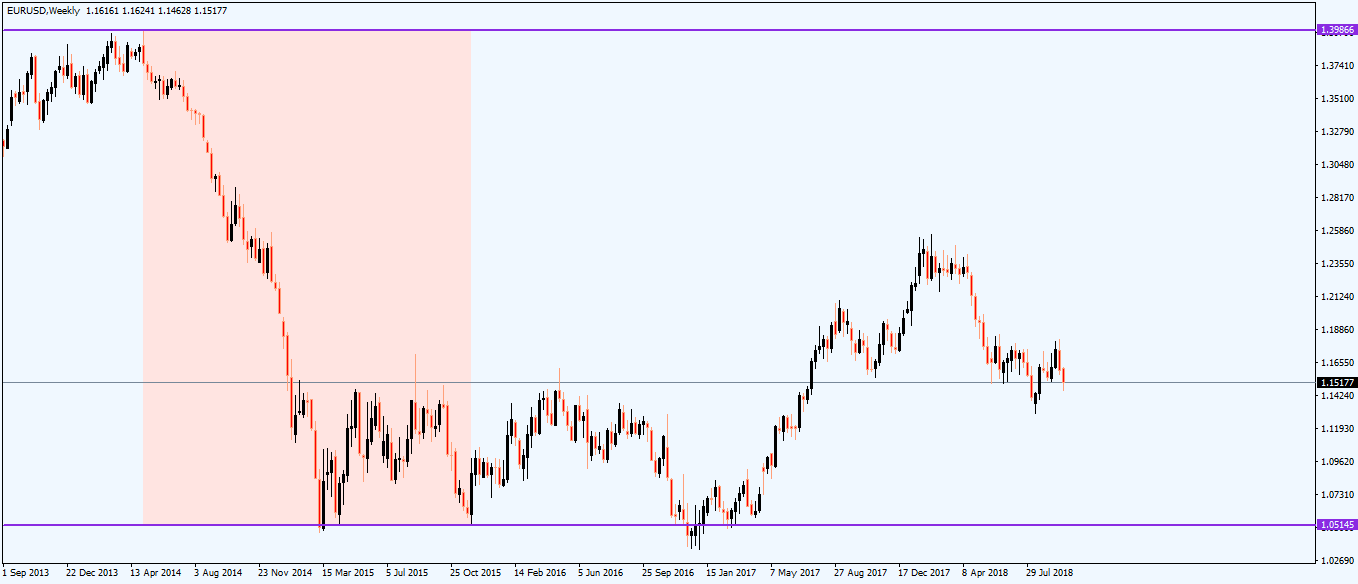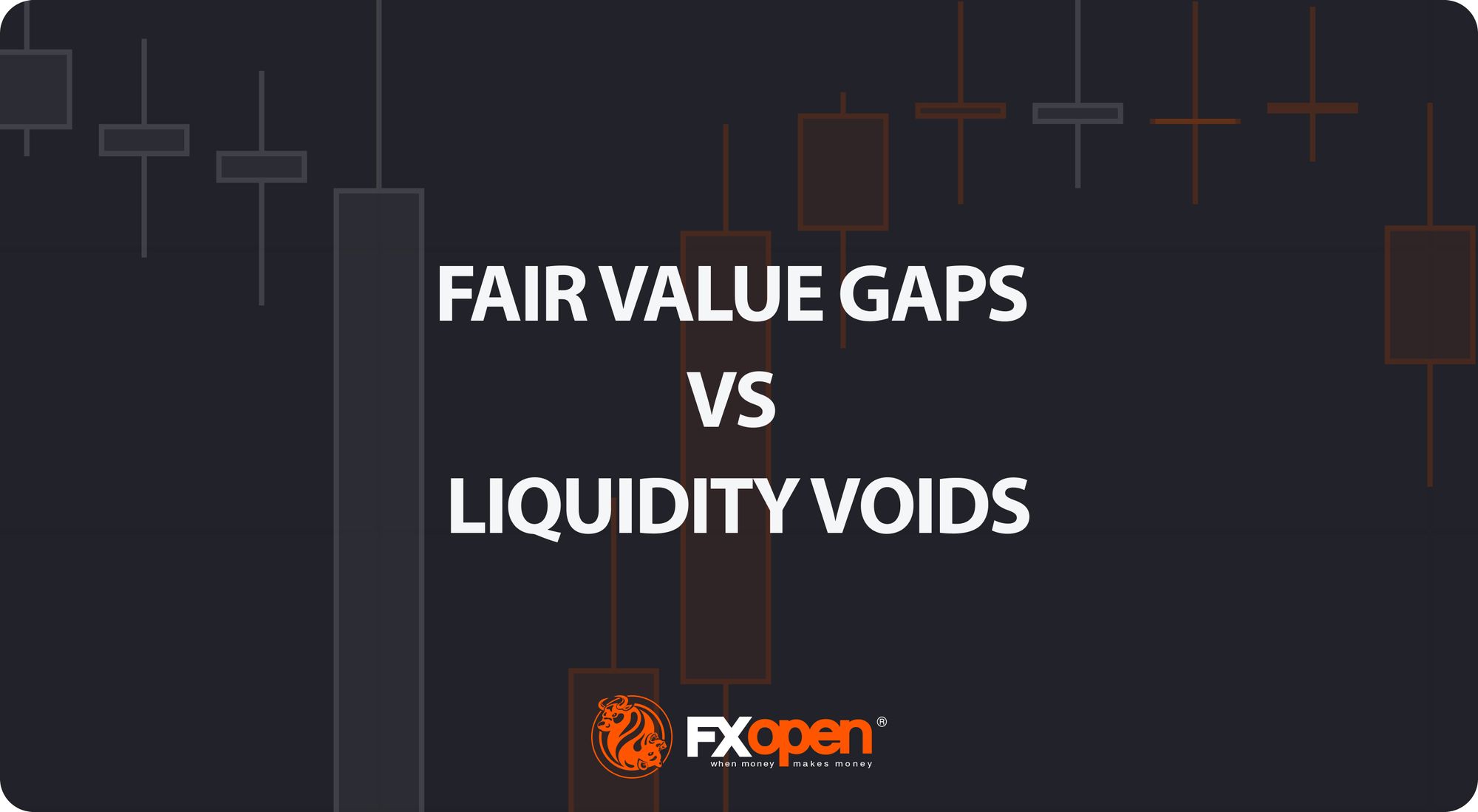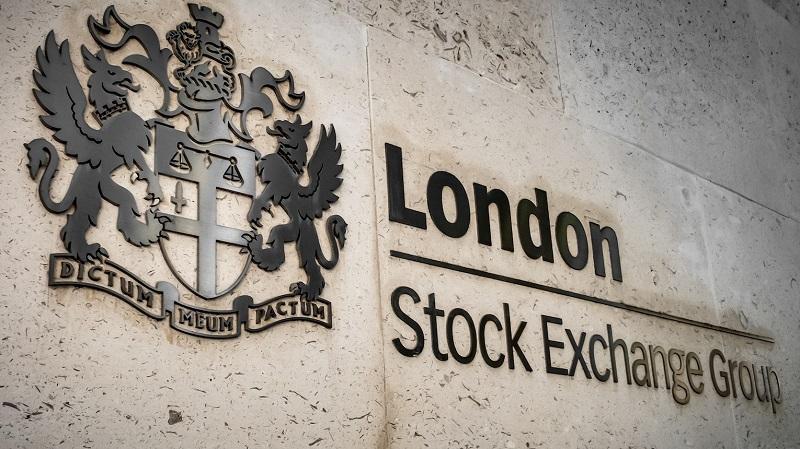FXOpen
The CPI or the Consumer Price Index is the economic release every currency trader must monitor. Called inflation, the CPI tracks the price changes over a given period.
It typically refers to all goods and services in an economy, and it is part of every central bank’s mandate. Entire monetary policy strategies depend on whether inflation reaches the desired level or not.
The two percent is the line in the sand. Economic studies showed that for stable economic growth, moderate inflation helps. The convention among economists around the world is that two percent inflation is enough to give the economy the right push while maintaining price stability.
For this reason, we can say that as long as inflation remains at target (below or close to two percent), central banks adopt a neutral monetary policy. They just keep the interest rate level in a neutral territory and let the market forces to function. Thus, the value of a currency remains stable too.
But reality isn’t that simple. Inflation or the CPI is a volatile measure. Keeping it close to the target requires tremendous efforts and most of the times central banks are either ahead or behind the economic curve.
Moreover, in currency trading, is not just about one currency. It’s about a currency pair.
The stability of a currency, coupled with the instability of another, leads to a volatile currency pair. For traders, as speculators that earn from volatility, a stable currency pair is similar with inactivity. Luckily, keeping inflation at target is such a complicated process that depends on so many factors, that volatility on the currency market is virtually guaranteed.
Interpreting the CPI Release
For a currency, all that matters is the interest rate level. Providing a stable economy exists, the higher the interest rate, the more attractive the currency becomes.
Therefore, traders focusing on interpreting the economic data, monitor the economic releases between two central banks meetings. Based on the outcome, they anticipate an interest rate hike or cut, or a no-change decision at the next central bank meeting.
On top of the agenda sits inflation. Central banks are keen to fulfill their mandate and will move the interest rate level to accommodate changes in inflation.
But not all inflation data creates the same market reaction. For instance, the CPI release isn’t that important as the Core CPI.
The Core CPI refers to changes in the prices of goods and services, except for transportation and energy prices. They are considered volatile releases that distort the data.
This is the economic release that will trigger changes in the central banks’ monetary policy. So, traders should focus on how the CPI deviates from the target, and when it does, align their trades according to what the central banks decision is likely to be.
Besides looking at the core data, another element influences inflation. The price of oil.
Oil, or the price of it, has a robust inflationary component. Transportation and energy prices drive the general prices in an economy higher or lower.
As such, currency traders must always monitor the price of oil. Like it or not, central banks will cut or hike the interest rates as the price of oil rises or falls.
Four years ago, the world economy still struggled under the financial crisis consequences. On top of all the economic troubles, the price of all fell dramatically.
In a little over a year, it dropped from above $100/barrel to below $30. The savvy trader knew the implications on the currency market if he/she understands the effects the price of oil has on inflation.
Let’s check what the EURUSD pair’s reaction was at the same time when oil dropped!
It fell from the 1.40 to below 1.10, as the ECB (European Central Bank) cut the rates aggressively. Because the Fed in the United States already had the rates at the zero level, and with the price of oil in free falling, the normal reaction was to sell the EURUSD pair on expectations the ECB will cut the rates.
Conclusion
While rookie traders focus on the CPI data, savvy ones look at the price of oil and the oil market drivers. Data like production and inventory levels, geopolitical deals on the oil market, OPEC (Organization of Exporting Petroleum Countries) decisions, etc., they all move the price of oil. And, worldwide inflation.
For this reason, the Core CPI is the crucial measure of inflation. And, that’s what should matter for currency traders too.
This article represents the opinion of the Companies operating under the FXOpen brand only. It is not to be construed as an offer, solicitation, or recommendation with respect to products and services provided by the Companies operating under the FXOpen brand, nor is it to be considered financial advice.



